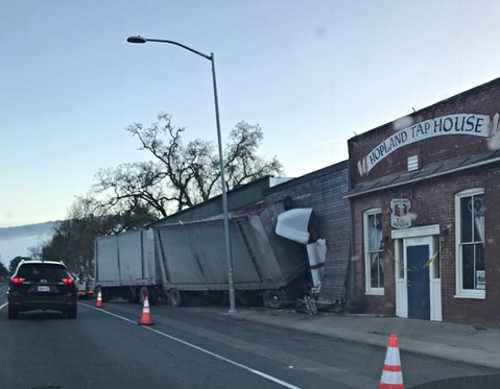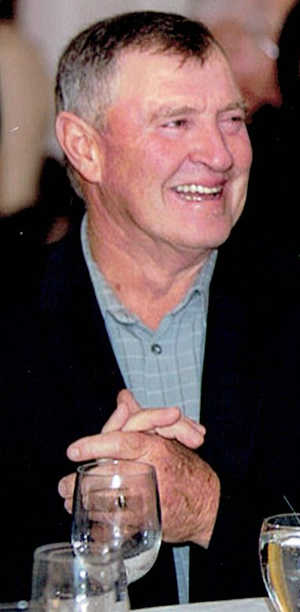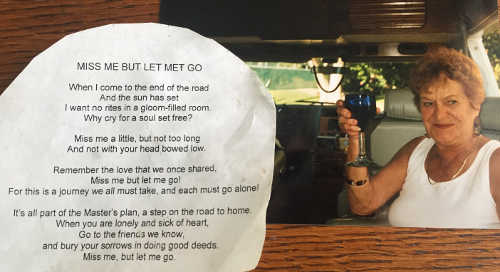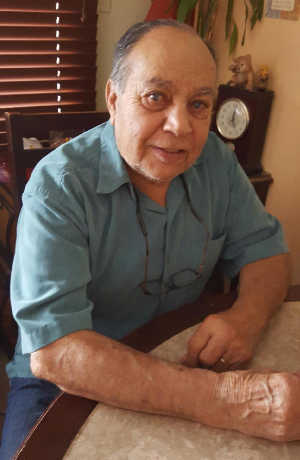LAKEPORT, Calif. – With the district superintendent expected to take a new job out of county, the Lakeport Unified School District Board of Trustees voted unanimously in a special Thursday night meeting to begin the process of recruiting her successor.
Erin Smith-Hagberg, Lakeport Unified’s superintendent for 12 and a half years, is expected to shortly finalize an offer to become the Calistoga Joint Unified School District superintendent.
Lakeport Unified Board President Dennis Darling called it a “once-in-a-lifetime, fabulous opportunity” for Smith-Hagberg, who has spent her entire educational career in the Lakeport Unified School District.
“Erin has served this district with great love and support for many, many years. I don't think any of us should begrudge her the opportunity to move on and better herself,” said Darling.
This year marks her 30th year in the district, where she worked first as a teacher and later entered the administrative level. She was Lakeport Elementary’s principal when she was hired as the district’s superintendent.
When she was hired, the district board did an internal recruitment only, as it knew that Smith-Hagberg was the person it wanted to be superintendent, Darling told Lake County News following the meeting,
“We knew then what we had and we know now what we’re losing,” Darling said.
During her tenure, Smith-Hagberg has successfully led the district through bond measures and building projects that are creating state-of-the-art learning facilities for the district’s six schools, which serve more than 1,500 students.
At Thursday night’s meeting, Smith-Hagberg also was lauded by district administrators for creating a sense of security for them and a professional, trusting atmosphere in which they can do their jobs.
If Smith-Hagberg’s offer from Calistoga Joint Unified is soon finalized, as it’s expected to be, she would leave at the end of the school year, June 30, when her contract ends, said Darling.
With that deadline looming, Darling began quickly moving the process forward to find her successor.
“This is, I think, an awkward situation,” said Darling, both for the board and for Smith-Hagberg, who hasn’t yet given formal notice of her resignation to Lakeport Unified.
He said he had known a little before his fellow board members about Smith-Hagberg’s potential new job and, as such, “I’m all the way through my five stages of grief.”
Darling said Smith-Hagberg has been a central part of the district for three decades years, and they will certainly miss her.
The main purpose in calling the special hour-long meeting was for the board to consider hiring a consultant to lead the hiring process.
Darling proposed hiring Scott Mahoney, a Windsor-based educational hiring consultant who himself began his career in Lake County. From 1983 to 1992, he served as principal at three local schools – Lower Lake Junior High, Oak Hill Middle School and Lower Lake Elementary.
Mahoney also is the consultant leading the superintendent hiring process for Calistoga Joint Unified, which Darling said Smith-Hagberg has reported to be “grueling.”
Both Darling and Board Clerk Phil Kirby, himself a retired school administrator and superintendent, know Mahoney and spoke confidently during the meeting of his abilities to lead a successful search for Smith-Hagberg’s successor.
“He's a person who knows our community,” and will know the available candidates, Darling said.
During the discussion, Darling also led the board through a timeline for the hiring process, which follows the structure commonly used for finding a superintendent.
However, Darling explained that Lakeport Unified’s timeline is more abbreviated. It proposes to have a final candidate ready for the board to accept at its May 11 meeting.
Despite that “condensed” schedule, Darling said Mahoney has told him that the district still has time to have a good, inclusive hiring process.
Darling said the process steps include a position announcement that’s expected to come out on March 27 in the Association of California School Administrators’ publication and on the EDJOIN national education job board.
At the end of March, the district also will begin holding meetings to solicit input from stakeholders – parents, teachers, administrators and community members, he said.
The timeline called for the board to approve a list of qualifications and attributes for a new superintendent at its April 13 meeting. Once the application deadline passes, there will then be a paper screening process by education professionals, an initial interview of about half a dozen candidates and a final interview of half that number before the board makes a decision. Darling said Mahoney also will do a thorough background check of the candidates.
Mahoney’s typical fee for such work is $14,500, but he has agreed to a fee of $10,000 for Lakeport Unified because it is doing a lot of work in the process. Darling said Mahoney also agreed to that fee because he knows Kirby is with the district and can assist in the work.
Darling said that fee is about half of what a larger search firm typically charges.
He said there are other search options, including the one that is currently under way in the Upper Lake Unified School District, which is recruiting a successor for longtime Superintendent Patrick Iaccino, who retires at the end of June. However, due to time constraints, Darling said he didn’t consider that option a good one for Lakeport Unified.
Darling then moved to discussing the type of recruitment process the district should follow – open or confidential.
In both methods, the board would pick a firm to conduct the search and stakeholder groups would be able to contribute input on professional qualifications and personal attributes for the ideal candidate.
From there, the two methods diverge significantly.
In the open method, the identities of candidates would not be protected during the hiring process, and stakeholder groups would be invited to interview the candidates. That’s the method Upper Lake Unified is following.
The confidential search would have the candidates being screened and taking part in confidential interviews conducted by the board of trustees alone.
Darling said Mahoney encouraged the district to pursue the confidential process, as it is likely to draw a more qualified pool of applicants, which is what he said the district wanted.
“I want to do this process as openly and as transparently as we can,” Darling said, added, “If we do it this way, we're going to get better applicants.”
The confidential route was a concern for the small group of the district’s teachers and administrators who were at the meeting.
Lakeport Elementary teacher Meg Harper said candidates the board interviews will meet the basic qualifications. “Then it's a gut-level pick,” she said, adding that it was unfortunate that the district’s staff couldn’t be part of that pick.
Rachel Paarsch, principal of Terrace Middle School, was unhappy about being excluded from the process due to concerns about having to work for someone she couldn’t trust, which is an experience she’s had before.
“I need you to hear what we're saying too,” she said, adding that Smith-Hagberg was the reason she had left her previous district to come and work for Lakeport Unified.
Clear Lake High School Assistant Principal Jennifer Scheel asked if the board will meet with teachers and principals to get their input.
Kirby said he would be happy to meet with staff at their school sites to get input prior to or during the hiring process. Board member Lori Holmes also suggested surveying the district’s administrators.
Darling assured the group that the board was committed to ensuring multiple opportunities for input. “Ultimately, it is the board’s responsibility to get it right,” he said of the hiring process.
Board member Tom Powers moved to enter the contract with Mahoney Consulting and have the district pursue the confidential hiring process option, with Holmes seconding and the board voting 5-0.
Email Elizabeth Larson at This email address is being protected from spambots. You need JavaScript enabled to view it. . Follow her on Twitter, @ERLarson, or Lake County News, @LakeCoNews.


 How to resolve AdBlock issue?
How to resolve AdBlock issue? 










